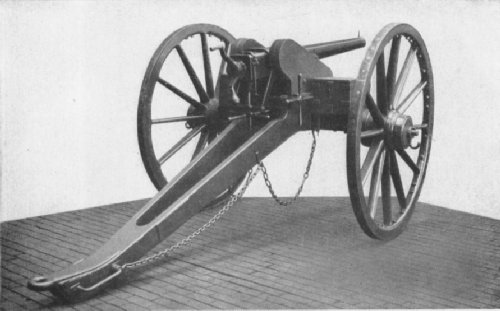
The introduction of the rifled musket increased the range at which troops could effectively shoot at each other.
Suddenly there was a danger that small hand-held guns could outgun field artillery.
The answer was to adopt rifling for artillery too.
The Armstrong gun used a cylindrical shell, similar to the Minié ball of the rifled musket.
Unlike its predecessors, the barrel was not made of cast iron, but wrought iron, formed of 'built-up' concentric layers.
The rifled barrel increased range and accuracy; the construction allowed for a lighter gun and carriage; loading from the rear shortened reload times.
Armies liked the advantages of the rifling, but were uncomfortable with the disadvantages.
Breech-loading caused the exhaust of dangerous gases that could ignite and explode.
The new guns were also more expensive.
So they soon reverted to muzzle-loading.
In 1877 CE the French colonel Charles Ragon de Bange solved the problem of incomplete obturation from which the Armstrong gun suffered.
This caused a re-adoption of breech-loading and its final breakthrough.
In the following decade other engineers made further improvements, but the main innovations of the Armstrong gun were kept.
War Matrix - Armstrong gun
Geopolitical Race 1830 CE - 1880 CE, Weapons and technology


